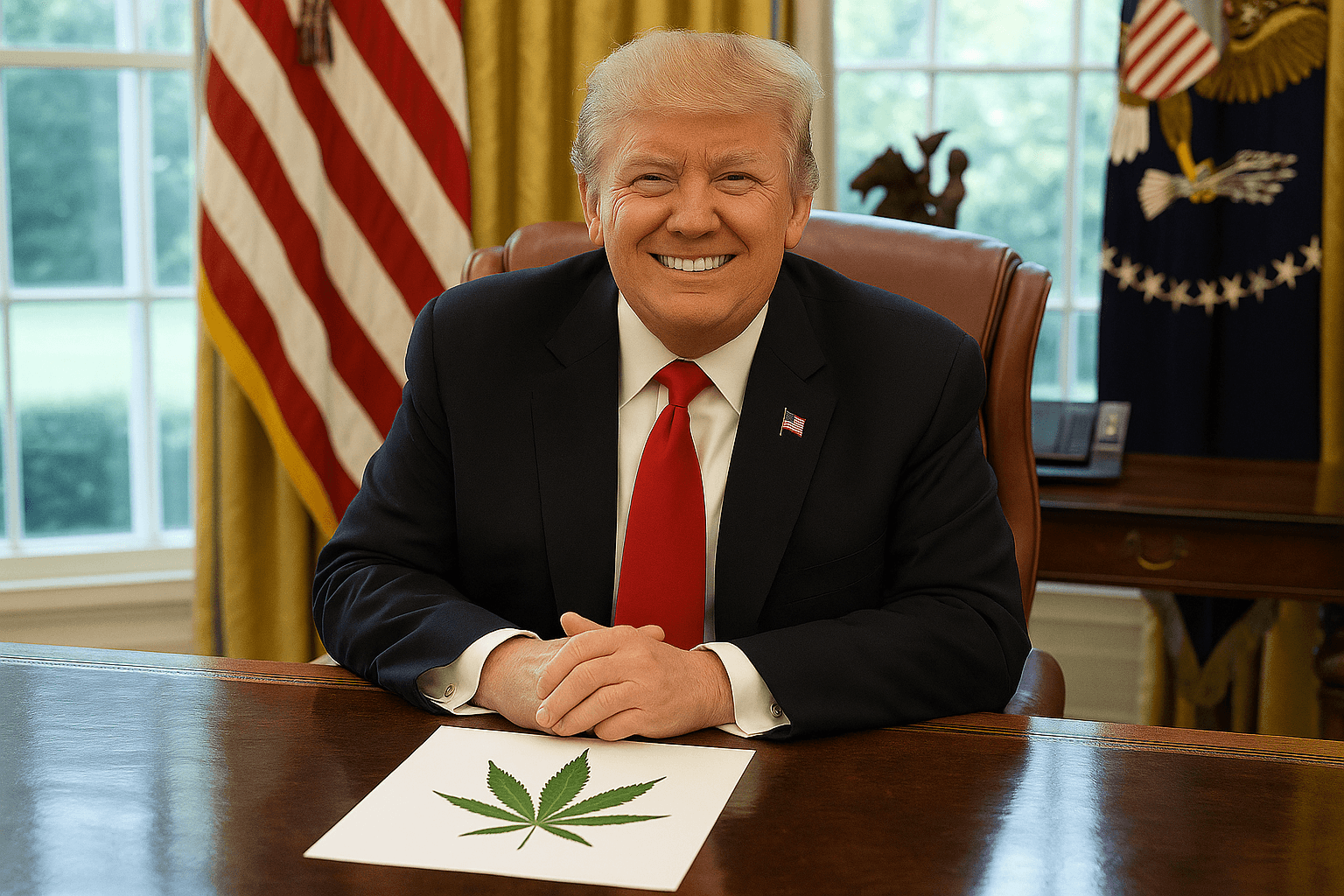Lawmakers' Budget Strategy: Tax Cuts Today, Fiscal Tricks Tomorrow?

WASHINGTON, D.C. - Remember when President Donald Trump promised no tax on tips, overtime pay, and social security? Not much has been said about it in recent months. So, is it still happening?
The short answer is maybe, but voters may not get the complete story on what impact this will have on the federal deficit and debt.
The Committee for a Responsible Federal Budget (CRFB) reports that lawmakers in Congress are considering enacting these tax breaks on top of extending the 2017 Tax Cuts and Jobs Act (TCJA).
The TCJA resulted in most taxpayers getting some form of tax relief, though the impact varied depending on how much a person earned. For example, higher income earners saw the largest dollar-value cuts.
Middle-income homes saw modest tax cuts. The TCJA lowered individual tax rates and expanded child tax credits. Adding new tax breaks could mean more money in people's pockets -- but there is a catch.
Specifically, the CRFB says lawmakers are trying to use an unusual and manipulative tactic for an upcoming reconciliation bill to disguise the true cost of the new tax cuts and the TCJA extension.
To make the bill look cheaper on paper, lawmakers are putting an expiration date on the new tax breaks after just four years. This will water down the fiscal impact when the official numbers are calculated.
After all, the Congressional Budget Office has no reason to calculate projected long-term impacts like they did with the TCJA, which was $1.9 trillion added to the federal deficit over 10 years.
Even if lawmakers intend to extend no tax on tips, no tax on overtime, and no tax on social security, they are pretending these breaks are only temporary -- and there is the risk that they could be.
This is where the confusion may set in because lawmakers are using a different tactic with the TCJA extension.
Instead of counting any extensions as new costs, they’re assuming they were always going to be made permanent. This makes it look like extending those cuts doesn’t cost anything at all.
In other words, it pretends like the $1.9 trillion over 10 years is the only fiscal impact that the TCJA will have even if lawmakers extend most or all the provisions in the bill.
This strategy is like using two different sets of rules in the same game:
-
For the new tax cuts, they use one rule to make it look cheap (temporary = less cost).
-
For the old tax cuts, they use another rule to pretend it doesn’t cost anything (assume it's already permanent).
"This ad-hoc, inconsistent, manipulative, and disingenuous approach to budgeting is enough to make your head explode, and it is going to make the debt explode," said Maya MacGuineas, president of the CRFB.
MacGuineas added that the use of a current policy baseline "would allow policymakers to avoid ever acknowledging the deficit impact of the TCJA for 2026 and beyond."
Lawmakers can point to official numbers that show the benefits of these tax policies without revealing any drawbacks, especially to their party's base, many of whom want both low taxes and no added debt.
What does it mean for taxpayers?
-
They might get some extra money back in taxes for a few years.
-
But there’s no guarantee those benefits will last.
-
And behind the scenes, this could add to the national debt in ways that aren’t obvious upfront.
Bottom line: Lawmakers may tell voters they’re cutting taxes, but the way they’re doing it makes it hard to know what the long-term impact will be. And this could have real consequences down the road.
 Shawn Griffiths
Shawn Griffiths






